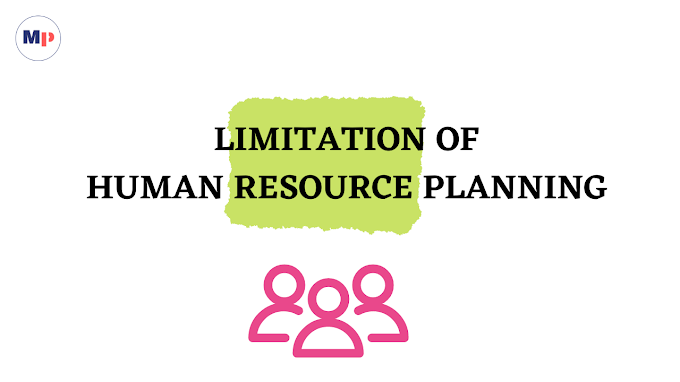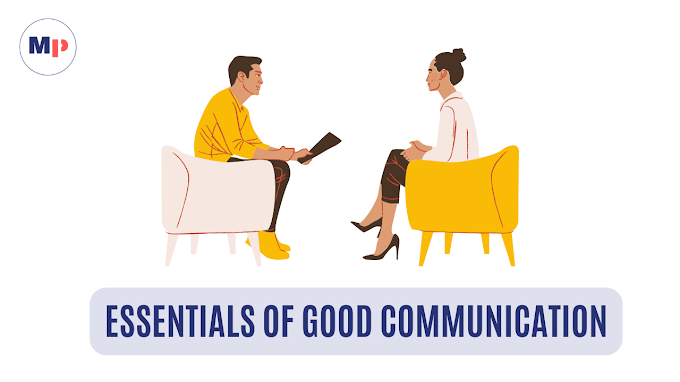Introduction
- Conducting business today is highly challenging as it involves forecasting, planning, organizing, instructing, coordinating, and controlling.
- Success in business basically depends upon skills in communication.
Meaning of Communication
Communication has been derived from the Latin word ‘Communis’ which means ‘Common’. In its application, it means a common ground of understanding.
Communication is a process involving the sorting, selecting, and sending of symbols in such a way as to help the listener perceive and recreate in his own mind the meaning contained in the mind of the communicator.
Definitions
“Communication is an exchange of facts, ideas, opinions, or emotions by two or more persons”.
W.H. Newman and C.F. Summer-
“Communication is the transmission and interchange of facts, ideas, feelings, or course of action”.
Leland Brown –
“Communication is the process of meaningful interaction among human beings. It is a process by which, meanings are perceived and understandings are reached among human beings .”
McFarland-
Functions of Communication
Instructive Function: The instructive function invariably and importantly deals with the commanding nature. Under this, the communicator transmits the necessary directives and guidance so as to enable them to accomplish the task. In this, instructions flow downwards from the top to the lower level.
Integration Function: It is a unifying function under which integration of activities endeavors. The integration function of communication mainly involves bringing about the interrelationship among the various functions. It helps in the unification of management functions.
Informing Function: Top management informs policies to the lower level through the middle level. In turn, the lower level informs the top level of the reaction through the middle level. Information exchange flows vertically, horizontally, and diagonally across the organization. Becoming informed or informing others is the main purpose of communication.
Evaluation Function: Examination of activities to form an idea or judgment of the worth of a task is achieved through communication. Evaluating one’s own inputs or another’s outputs or some ideological scheme demands an effective communication process.
Directive Function: Communication is necessary to issue directions by the top management or managers to the lower level. Instructing or directing others cannot happen without communication.
Influencing Function: Communication is necessary for influencing others. It implies the provision of feedback which tells the effect of communication. Motivational forces in an individual are to be provided and then stimulated through communication.
Incidental Neutral Function: Communication discharges several incidental and neutral functions. Many pieces of communication are not directly connected with the accomplishment of the objectives of an organization. Communication may sometimes contribute indirectly to organizational goals. For instance, communication has to provide social contact within the organization.
Teaching Function: The importance of personal safety on the job has been greatly recognized. A complete communication process is required to teach and educate workers about this. This will help avert accidents, risks, etc. and avoid costs, procedures, etc.
Image Projecting Function: A business enterprise cannot survive by remaining aloof from the rest of society. There is an interrelationship and interdependence between society and an enterprise operating in society. Public goodwill and confidence are necessarily created among the public. It is the communication with its multimedia approach which has to project the image of the firm in society. An enterprise has to inform society about its goals, activities, progress, and social responsibilities.
Orientation function: The employees of the organization are to be oriented with the organizational structure. Communication helps to make people acquainted with their co-employees, and superiors, and with the policies, objectives, rules, and regulations of the organizations.
Interview function: It is through interviewing people the interviewer selects qualified and worthy people for the enterprise. The recruitment process implies face-to-face or oral communication.
Other Function: Effective decision-making is possible when required and adequate information is supplied to the decision-maker. Communication, either verbal or written, helps the process of decision-making. In general, everyone in the organization has to provide the necessary information so as to enable to discharge tasks effectively and efficiently.





